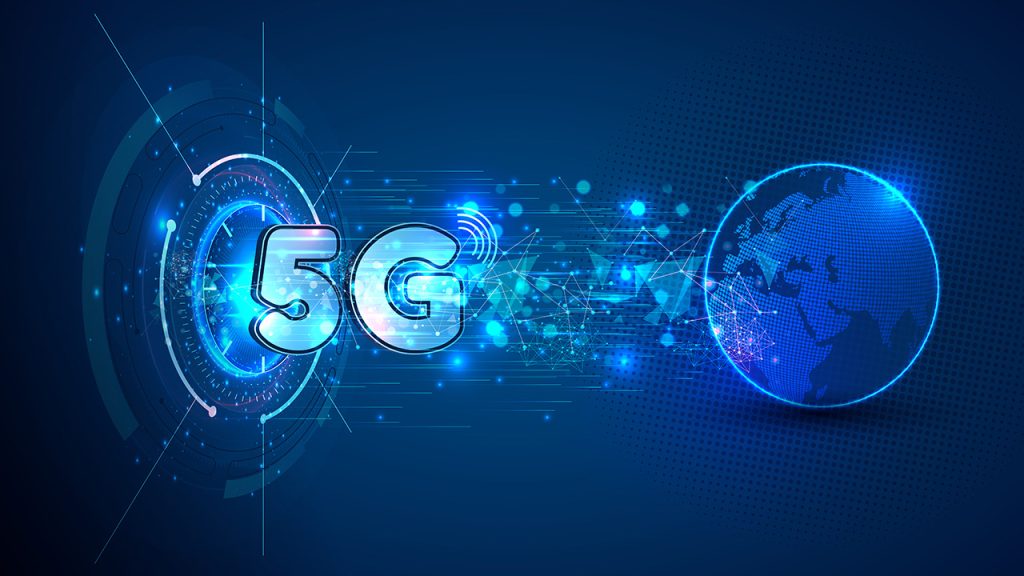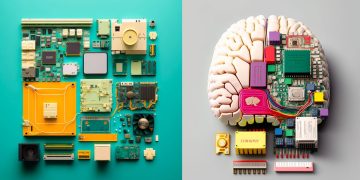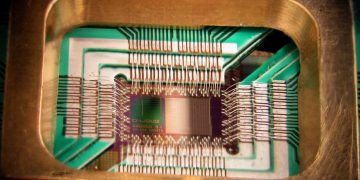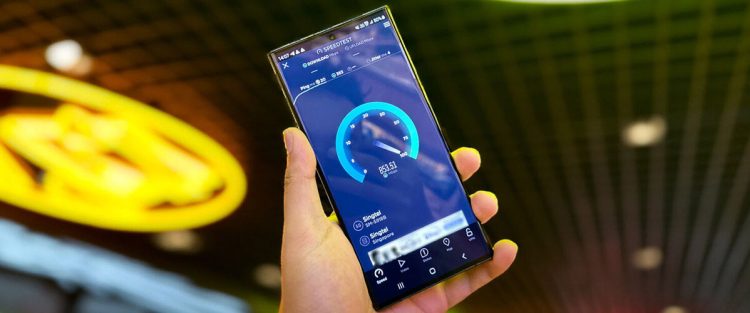Introduction
As the world rapidly transitions from 4G to 5G networks, consumers are starting to see the early effects of this next-generation technology. While 5G promises faster speeds and lower latency, its full impact on everyday life goes far beyond just improved download times. The rollout of 5G is set to transform how we live, work, and interact with technology, especially in areas like smart homes, healthcare, entertainment, and transportation. This article will explore how the widespread adoption of 5G will impact consumers’ daily lives, from enhanced connectivity to the rise of the Internet of Things (IoT) and beyond.
1. Faster Speeds and Low Latency: The Direct Benefits for Consumers
1.1 Lightning-Fast Download and Upload Speeds
One of the most anticipated benefits of 5G is its dramatically improved speed. 5G networks promise speeds that are up to 100 times faster than current 4G networks. For consumers, this translates into instant downloads, buffering-free streaming, and faster access to cloud-based applications. Whether you’re downloading a movie, streaming a high-definition video, or sending large files to colleagues, 5G will significantly reduce the time spent waiting for data transfers to complete.
For instance, downloading a full-length HD movie, which might take several minutes on 4G, could take just seconds on a 5G network. These faster speeds also enable smoother video calls, making remote communication more fluid and lifelike.
1.2 Reduced Latency for Real-Time Applications
Another key benefit of 5G is its extremely low latency. While 4G latency typically ranges from 30 to 50 milliseconds, 5G promises to reduce that to just 1 millisecond. This near-instantaneous communication allows for real-time interactions that were previously impossible or impractical, especially in applications requiring immediate response.
In gaming, for example, 5G allows for ultra-responsive, lag-free gameplay, even in multiplayer online games. For consumers, this means more immersive experiences, whether in gaming or real-time communication applications such as virtual meetings or interactive learning platforms.
1.3 Enhanced Mobile and Home Connectivity
With the low latency and ultra-fast speeds of 5G, mobile devices can connect seamlessly to a range of digital services without performance degradation. Consumers can expect more stable connections, even in areas with high device density, such as crowded cities, stadiums, or airports. This improved connectivity will also extend to smart home devices, which will work more reliably as 5G networks support the growing demand for constant connectivity across homes.
2. The Rise of the Internet of Things (IoT)
2.1 The Explosion of Smart Devices
One of the most significant impacts of 5G will be the expansion of the Internet of Things (IoT). As 5G networks provide the bandwidth and speed required for real-time communication, a growing number of devices—from smartphones and smartwatches to home appliances, cars, and even city infrastructure—will be able to seamlessly connect to the internet.
For consumers, this means a smarter home ecosystem where devices can communicate with each other and perform automated tasks. Smart refrigerators can notify you when you’re running low on groceries, while security cameras offer real-time surveillance footage directly to your smartphone, all without significant delays or network congestion.
5G’s ability to support massive IoT deployments will enable things like smart cities, where traffic lights, parking meters, and public transportation systems can communicate to optimize urban living. For consumers, this will mean a smoother, more efficient day-to-day life—fewer traffic jams, smarter urban infrastructure, and better resource management.
2.2 Advancements in Wearable Technology
5G is also set to elevate the capabilities of wearable technology. Devices like smartwatches, fitness trackers, and AR glasses will benefit from faster connectivity, allowing for real-time health monitoring and data syncing without delays. For example, wearables will enable remote health consultations or allow healthcare professionals to monitor patients’ conditions live, enhancing the overall healthcare experience.
5G’s ability to transmit data almost instantaneously will allow more precise and timely tracking of health metrics like heart rate, blood pressure, and blood oxygen levels, enabling consumers to access a more connected and comprehensive approach to personal wellness.
2.3 Smart Transportation and Autonomous Vehicles
With 5G’s low latency and reliable connectivity, the potential for smart transportation systems will become a reality. Consumers will experience real-time traffic updates, smarter navigation, and safer driving conditions due to constant communication between vehicles, infrastructure, and traffic management systems.
The rollout of autonomous vehicles will also rely heavily on 5G’s capabilities, allowing driverless cars to communicate with each other and their environment to make split-second decisions, improving road safety and reducing accidents. Consumers will eventually have access to safer, more efficient, and more accessible transportation options, whether it’s autonomous taxis or connected vehicles that can automatically adjust their routes based on real-time data.

3. Enhanced Entertainment and Streaming
3.1 Streaming at Its Best: From 4K to 8K Content
For many consumers, one of the most exciting prospects of 5G is its ability to enhance streaming services. 5G will enable consumers to stream ultra-high-definition content, such as 4K and even 8K video, without buffering or interruption. This will be particularly important for those who enjoy high-quality entertainment experiences, whether at home or on the go.
In addition to video, 5G will also enable more immersive augmented reality (AR) and virtual reality (VR) experiences. Gamers, for example, will enjoy near-instantaneous game streaming and VR experiences that were once reliant on expensive consoles or hardware.
3.2 Improved Mobile Gaming Experience
Mobile gaming is another area where 5G will make a significant impact. Thanks to 5G’s speed and low latency, mobile gamers will be able to experience console-quality games on their smartphones and tablets without lag. Additionally, the enhanced bandwidth will support cloud gaming, allowing players to stream high-quality games directly from the cloud without needing powerful gaming hardware.
This will create more opportunities for gaming developers to offer next-gen experiences for mobile users, and consumers will have access to a wider range of gaming options without the need for traditional game consoles.
4. The Challenges and Considerations of 5G Adoption
4.1 Infrastructure and Availability
While 5G promises to bring numerous benefits, its full potential won’t be realized immediately. The infrastructure required to support 5G is still being developed, and not all areas will have access to 5G networks at the same time. Urban centers may benefit first, but rural areas may see slower deployment.
Consumers in underserved regions may face delays in accessing the benefits of 5G until the infrastructure catches up, which may lead to an uneven experience across different geographic areas.
4.2 Health Concerns and Privacy Issues
As with any new technology, 5G has raised questions about its potential impact on health and privacy. Concerns about the long-term effects of 5G radiation and the security of data transmitted through 5G networks have prompted discussions among health experts and privacy advocates. Ensuring that 5G networks are secure and that users’ personal data is protected will be key for widespread adoption.
Additionally, with more devices connected to 5G networks, the potential for cyberattacks and data breaches increases. Consumers will need to be proactive about securing their IoT devices and personal information to ensure that their 5G-enabled lives remain safe.
5. Conclusion: A Future Transformed by 5G
In conclusion, the widespread adoption of 5G networks will revolutionize everyday life for consumers. From faster internet speeds and seamless connectivity to the rise of smart homes and autonomous vehicles, 5G will transform the way we interact with the world around us. While challenges remain—especially in terms of infrastructure and privacy—5G has the potential to usher in a new era of innovation and convenience, ultimately shaping the future of how we live, work, and play.
















































Discussion about this post